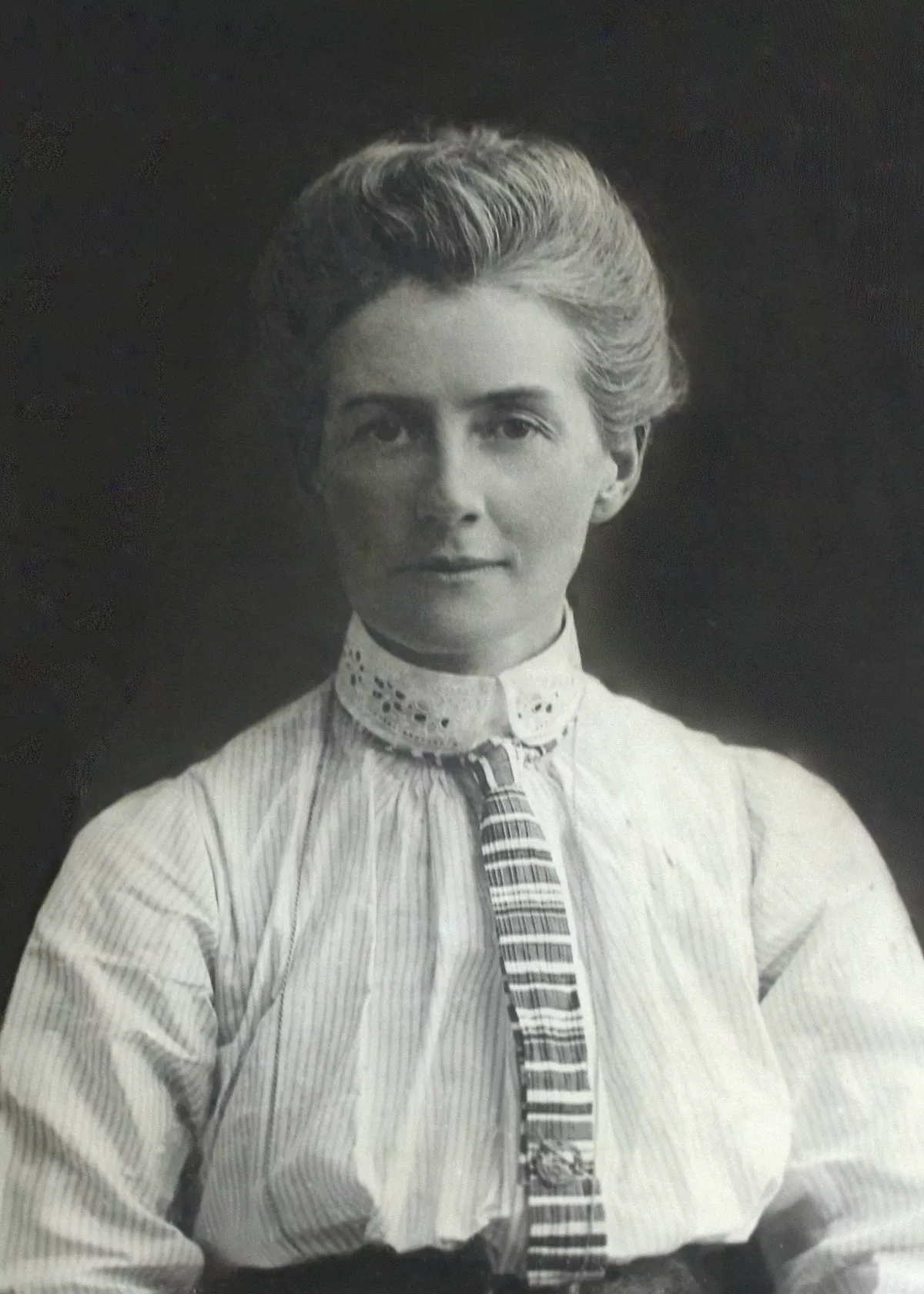 1.
1. Edith Cavell is celebrated for treating wounded soldiers from both sides without discrimination during the First World War and for helping some 200 Allied soldiers escape from German-occupied Belgium and return to active service through the spy ring known as La Dame Blanche.